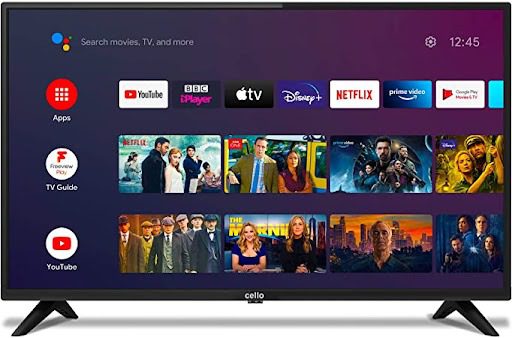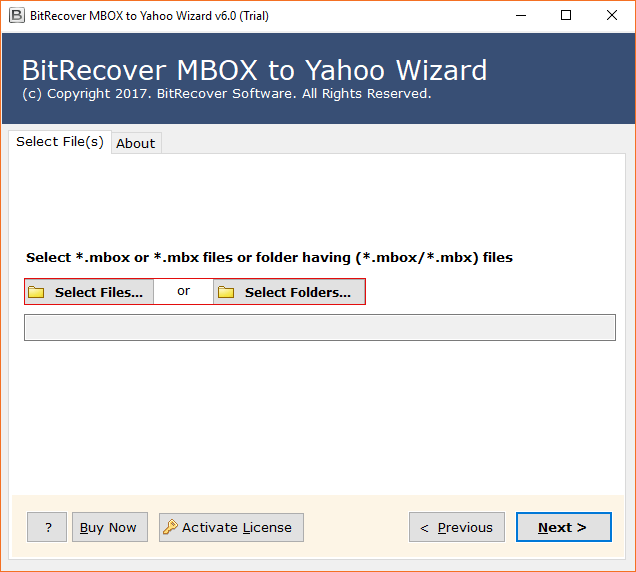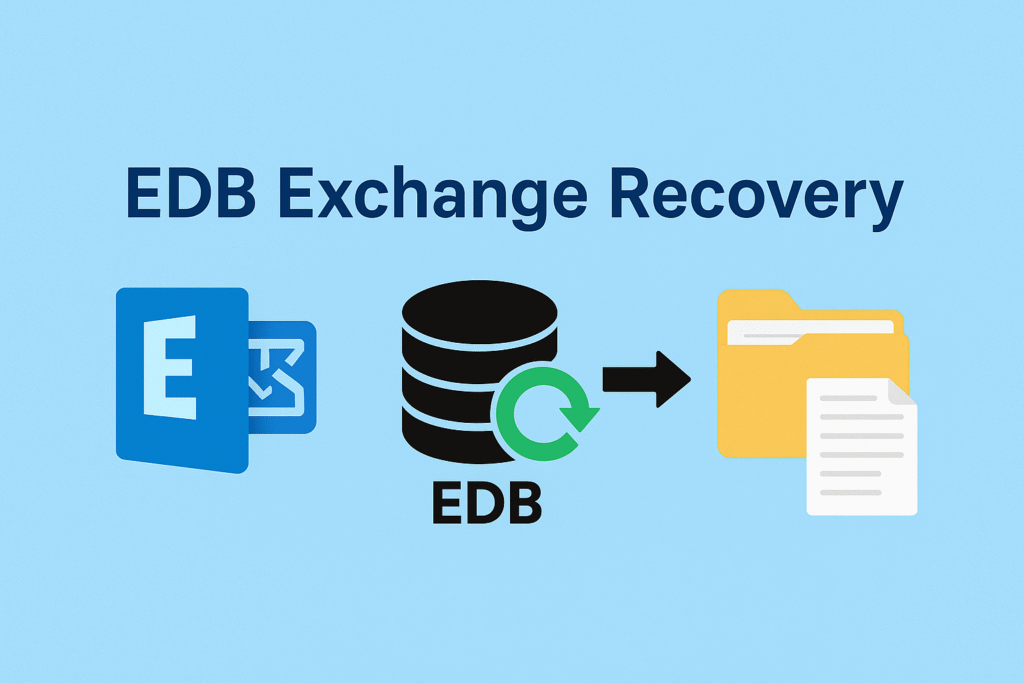IPTV referred to as Internet Protocol Television is a video streaming platform where the internet is used to deliver TV programs. This service provides content over a privately managed network. It could be either LAN, Awan, or an ISP network. IPTV reserves bandwidth expressly.
IPTV guarantees a superior quality image and sound without interruptions and enhanced network security. Examples of best IPTV services are- Best Streamz, TV Subscriptions, IPTV promotions, etc.
An IPTV system is very popular among the audience or the subscribers because it is an easy-to-use platform and has features that are not only flexible but also more beneficial to the users. An IPTV platform is also compatible with all types of display screens.
How Does IPTV Work?
IPTV sends data over TCP/IP using a multicast method, which means the information reaches a group of recipients at the same time, instead of sending a clip to every single user. Other popular protocols are Real Time Messaging and HyperText Transfer protocol.
What is OTT?
OTT also referred to as Over-The-Top media service is a media service that is provided to the user directly through the internet. The term is most synonymous with subscription-based video-on-demand services that offer access to television and on-demand services.
It has three types –
- Television,
- Messaging and
- Calling.
Consumers can access them through internet-connected devices such as phones, Smart TVs, etc.
How Does OTT Work?

In this platform, the data is sent over a high-speed internet connection. In simple terms, OTT services are content providers that rely on a free transmission system. to deliver their content. They deliver the content only upon request and in a unicast or one-to-one transmission method.
OTT performance depends on the internet speed, available bandwidth, and connectivity speed supported by the end-user display device.
Some famous OTT service providers are Netflix, Amazon Prime Video, Hulu, YouTube, etc.
IPTV vs OTT – Pros and Cons
So the most important question is “What are the main differences between IPTV and OTT?”
Let’s check it out!
1. Content Delivery and Network
OTT platform uses an open network for delivering content to the users, which helps them to save a lot of investment on infrastructure. In contrast, IPTV distributes content through a closed, proprietary, and optimized high-bandwidth network. IPTV is reliable and has a high quality of service, far easier to monitor but a bit expensive.
2. Components Needed
If you want to set up an IPTV at your home, then you will need an internet connection along with a router and a setup box. OTT, however, only needs an internet-compatible device connected to data through wi-fi.
3. Quality of the Video
The quality of the video served by OTTs depends immensely on the available bandwidth and speed of the internet connection and devices we’re using. In the case of IPTV, higher image and audio quality is expected due to the use of private content delivery networks to reach concrete IP addresses.
4. Price
In the case of IPTV, usually subscription packages are sold at comparable rates to traditional cable or satellite TV. Whereas, OTT services can be sold for as low as $4.99 per month or even be free for the user.
4. Types of Content
IPTV services telecast the programs as per the schedule of the TV station. They may include three different content type flavors; live near a television, some time-shifted television to replay a show or start it over, and VOD, including recorded channels and programs to watch on demand.
OTT on the other hand traditionally provides a VOD catalog for viewers to pick and choose. Some services now also add live tv channels like disney+, Amazon, etc. Differences are very less as both services enhance their content offerings over time to attract a large audience.
IPTV vs OTT? What’s Suitable for You?
It traditionally depends upon the content delivery infrastructure and the operational company has in place banked.
OTT is a more economical and user-friendly solution that can be customized to enhance user experience. Introducing new compiling features for the user, and lower diameter. Remember that it delivers videos on p2p. It is a business option open to money and varied use that requires a lower upfront investment. That is the main reason why OTT services have gobbled up a large share of the TV market.
On the other side, IPTV provides a much higher quality of service and senior monitoring, management, and scalability. But at the expense of higher operational costs that include installation, management, and updating of all the infrastructure components. Although IPTV is more robust but due to a lack of innovation and ease of customization, the users are lacking their interest in it.
Conclusion – If you don’t have very good network connectivity you should go for OTT because the video quality is not very high. But if you want to watch high-definition videos you must choose IPTV.
Read Also difference between ML and AI







Leave a Reply